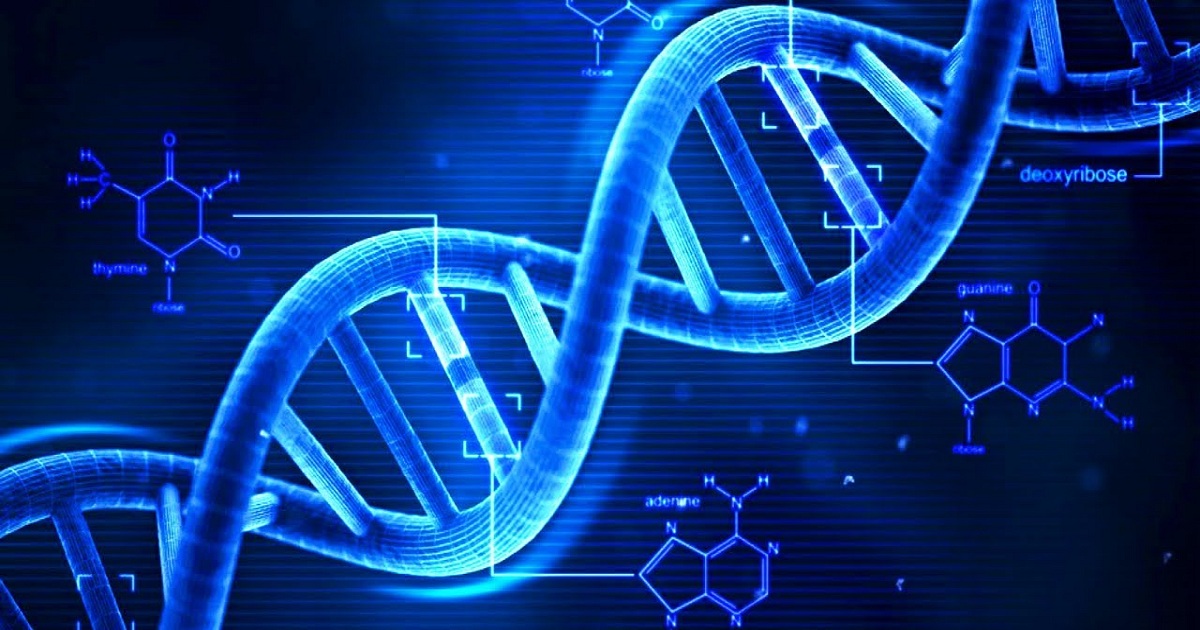New method of genome editing not only gives the user complete spatiotemporal control but also treads lightly on DNA
Phys.org | August 21, 2018

"Human cells don't like to take in stuff," explained UC Santa Barbara's Norbert Reich, a professor in the Department of Chemistry and Biochemistry. The human cell has evolved a "trash disposal" mechanism that isolates and breaks down foreign proteins and other unwanted biomolecules, pathogens and even damaged cellular structures, he explained. So, for people in fields such as biotechnology, biopharmacology and genomic research and therapeutics—such as those working with the gene editing juggernaut CRISPR-Cas9 technology results are only as good as their ability to efficiently bypass this defense mechanism and accurately introduce proteins into animal cells.